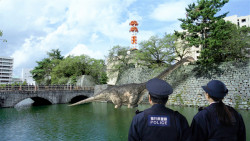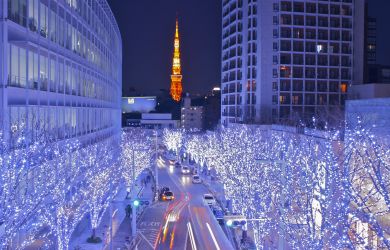
November 20, 2012
Art of Gaman
Free exhibition recalling Japanese-American wartime experience
By Metropolis
Originally published on metropolis.co.jp on November 2012

There has always been a lot of controversy about the internment of Japanese Americans during World War II. Now a free exhibition at the University Art Museum in Ueno, entitled “The Art of Gaman,” takes a look at this through artworks and other objects created by the internees.
Recent events, like the imprisonment of suspects in Guantanamo and other aspects of the Homeland Security Bill, mean that people are no longer surprised that the United States government could have acted in this way, or might do so again. But, on the other hand, placing these internment camps on a par with Nazi concentration camps, Soviet gulags, or those operated by the British against the Boers in South Africa is wildly off the mark.
Only Japanese Americans living near the West Coast were affected, while, strangely, those in Hawaii were not included. Also, it should be pointed out that the camps were partly for their own protection, and that standards of hygiene, comfort, and treatment were fairly high.
Although the exhibition’s title includes the word “Gaman” (endurance), the situation of the internees was clearly a lot easier than that of people back in Japan, exposed to starvation, fire bombings, and nuclear attacks.
This exhibition, which also includes Ansel Adam’s famous photographs of the camps, unwittingly shows how little the internees had to “gaman.” With time on their hands, they had opportunities to express their culture in many ways, including ikebana, Japanese painting, and carving sculptures from odd-shaped pieces of wood found around the camps, which were often in mountainous or semi-desert regions. Elements of their adopted Western culture are also in evidence, with one photo showing girls playing softball.
One question that the exhibition doesn’t answer is that of the internees’ loyalty. This is partly answered by a painting of Camp Manzanar in the California Mountains that reproduces one of the views photographed by Adams. The most noticeable differences are that absence of the flagpole carrying the Stars and Stripes and the way that the mountain has been distorted to resemble Mount Fuji. But perhaps that expression of Japanese spirit was a reaction to the US government’s overcautious act.







